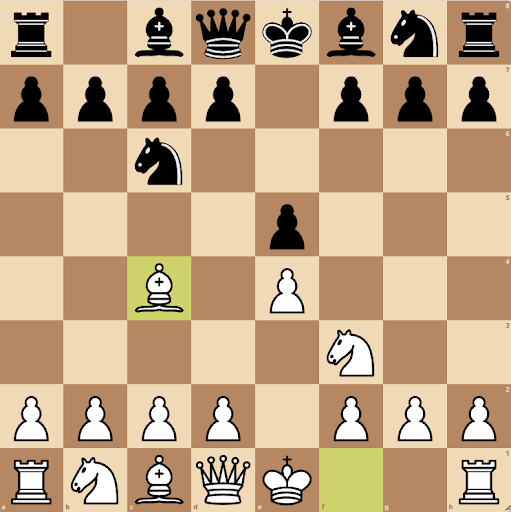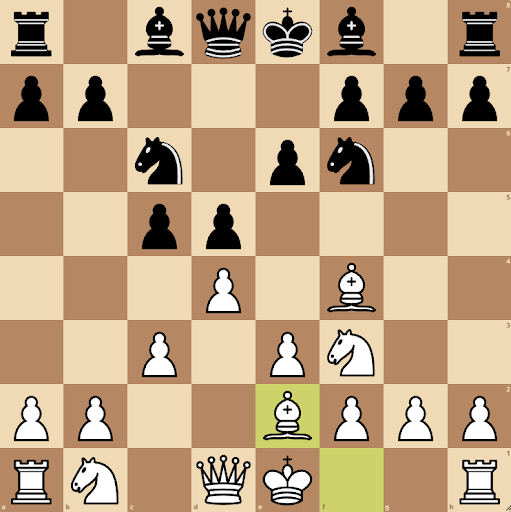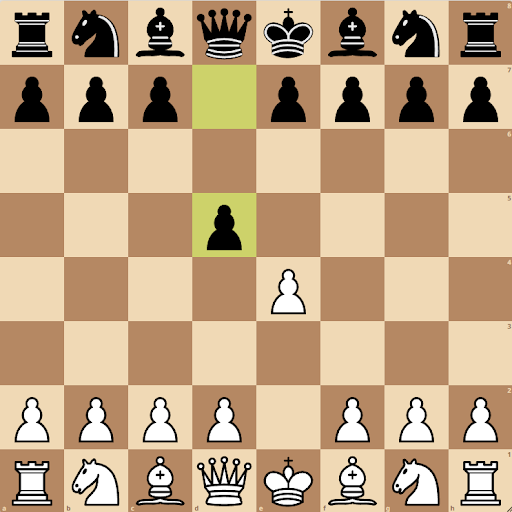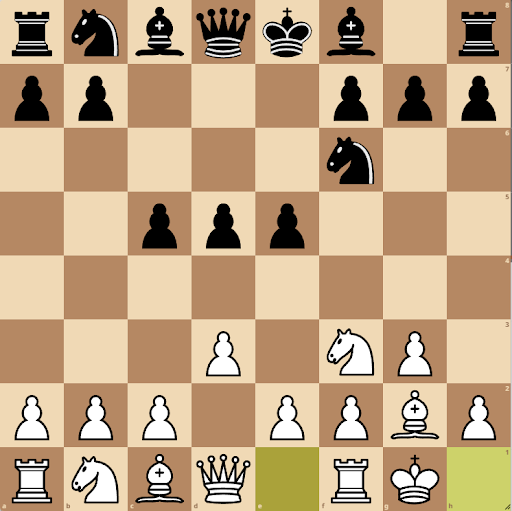
When you’re new to chess, openings can feel like a huge mountain to climb. You hear names like “Najdorf” or “Grünfeld,” and it sounds like you need a PhD just to understand the first five moves. But the truth is, you don’t need to know dozens of sharp lines or memorize hundreds of positions to play solid chess. Some openings are simple, logical, and, greatest of all, easy to remember. In this article, we’ll walk you through five of the easiest openings to remember and explain why they work.
What Makes an Opening Easy to Remember?
Not all chess openings are built the same. Some are full of tricky traps and deep lines that go 20 moves deep. Others are built on simple principles. For an opening to be easy to remember, it usually has a few key features:
- Logical move order – You develop your pieces naturally, without weird early queen sorties or awkward pawn pushes.
- Simple plans – There’s often a clear goal, like controlling the center or castling quickly.
- Flexible structures – They don’t require precise memorization; you can “feel” your way through them after a few games.
- Used at all levels – The opening might be simple, but it works — even masters play them sometimes.
Let’s jump into some of the most beginner-friendly openings you can start using right away.
Greatest 5 Easiest Chess Openings (With Why They Work)
The Italian Game
This is probably the most classic opening in all of chess. It teaches you the core principles: control the center, develop your pieces, and get your king safe. After Bc4, you’re already eyeing the f7 square — the weakest point in Black’s position.
It often leads to open games with quick development, which is perfect for beginners learning tactics. It also helps you practice common ideas like castling early and playing d3 or c3 to prepare for central action.
Why it works:
- Develops quickly
- Opens lines for tactics
- Has clear plans and lots of beginner-level traps
The London System
The London is incredibly popular at club level and even appears in high-level tournaments. The good part? You can play the same setup against almost anything. That’s a dream for beginners. You get your bishop out before locking in your pawn chain, set up a solid center with e3 and d4, and bring your knights to their natural squares.
Why it works:
- Works against most defenses
- Easy to follow structure
- Hard to mess up and hard for opponents to punish early
The Scandinavian Defense
Now let’s switch sides — this one is for Black. The Scandinavian is bold: you challenge the center from move one. After 2.exd5 Qxd5 and 3.Nc3, you usually play …Qa5 or …Qd6, and then develop your pieces normally. It’s aggressive, but not too sharp, and it throws off many white players who don’t expect it.
Why it works:
- Clear plan from the start
- Rare at beginner level, so you might catch people off-guard
- Leads to open, tactical positions
The Four Knights Game
This opening is like a textbook example of how to develop your pieces. Knights come out before bishops, the center is controlled, and there’s no immediate danger. You get to learn the feel of symmetrical positions and how to break symmetry with central pushes like d4. It’s calm, but don’t let that fool you — tactics can still pop up quickly.
Why it works:
- Easy to remember — just develop naturally
- Teaches positional basics
- Low risk for both sides
The King’s Indian Attack
This is another system opening, meaning the same setup works against most Black responses. You’re not fighting for the center right away but preparing to strike later with moves like e4 and sometimes f4. It’s very flexible and builds a strong, safe position for your king. Plus, it’s used by players like Fischer and Carlsen — not a bad endorsement.
Why it works:
- Consistent setup against many defenses
- Strong king safety
- Great for learning pawn breaks and central counterplay
How to Practice These Openings
Here’s the good news: you don’t need to memorize 20-move lines. The good way to learn these openings is to play games, lots of them, and reflect on what went well and what didn’t.
Here are some tips:
- Use online tools like Lichess or Chess.com to analyze your games. Look at your first 10 moves and see if you’re sticking to the plan.
- Watch beginner-friendly videos and read expert written guides on chess openings. Visual learning helps lock things in.
- Play training games against bots or a friend, focusing only on the first 10–15 moves.
- Keep a notebook (or a file) with your opening ideas, mistakes, and patterns. Writing it down makes it stick..
Final Thoughts
Mastering openings doesn’t mean memorizing everything. It means understanding a few simple setups and knowing the ideas behind them. The five openings above are not only easy to remember, they’re strong, logical, and build good habits for the rest of your chess journey.
Start with one or two, play them often, and get a feel for what suits your style. If you enjoy sharp tactics, go Italian or Scandinavian. Prefer structure and safety? Try the London or the King’s Indian Attack.










